Medlars are small fruits that have fallen somewhat out of favour, from the German medlar, known as Mespilus germanica, a bush with pretty white spring flowering. These fruits are among the latest to harvest in autumn, alongside persimmons. Indeed, you must wait for a frost to soften them. Learn how to harvest medlars properly and how to store them with our illustrated tutorial!
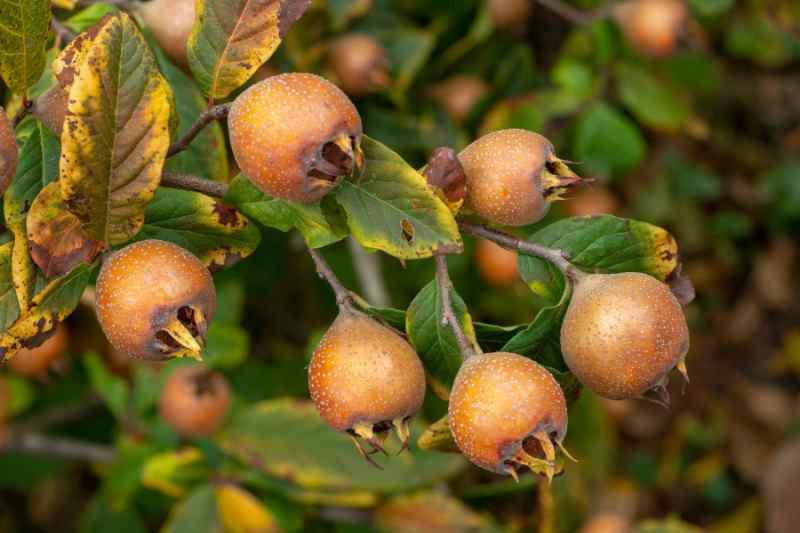
The medlar, a bush from another era?
The common medlar, or Mespilus germanica, is a bush that used to be widely planted in gardens. It is indeed charming in flower in May, with its small white flowers, sometimes tinged with pink, typical of the Rosaceae family. The slightly gnarled bush, 6 to 8 m high, fits very well into country hedgerows and naturalistic gardens. Native to the Black Sea and the Caucasus, it is very hardy. Present since Antiquity, it was widely planted from Asia to Europe for consumption of its small fruits… But it gradually fell out of fashion, preparing medlars taking a little time (each fruit contains five large pips), and its flavour not being to everyone's taste… It was even given the name dog's arse in some regions, an, as you will agree, rather unflattering name.
As for its growing needs, it needs a minimum of sun (but mine, which is rather in shade, rewards me with a very fine flowering and fruits well!). It just needs to be planted sheltered from cold winds. It is its fruiting that makes it a food-producing bush: in October, the pubescent fruits have a very specific shape, like a spinning top with a truncate summit, 3 to 5 cm.
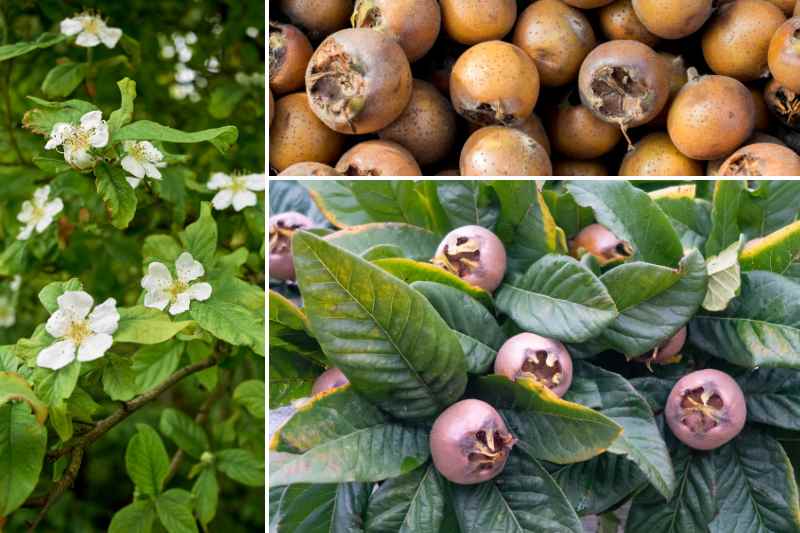
Medlar and medlar...
Small reminder for the absent-minded: we are indeed talking here about the common medlar and not the Japanese medlar (Eriobotrya japonica). However, it is hard to confuse them, whether by their flowering, their foliage or their fruiting. One is deciduous and very hardy, flowering in spring; the other is evergreen and rather tender, flowering in autumn with spring fruiting. As for the medlars, they are edible on both bushes, but are often called mesles or mêles on the common medlar, while the Japanese medlar produces what are called bibasses (or bibaces).
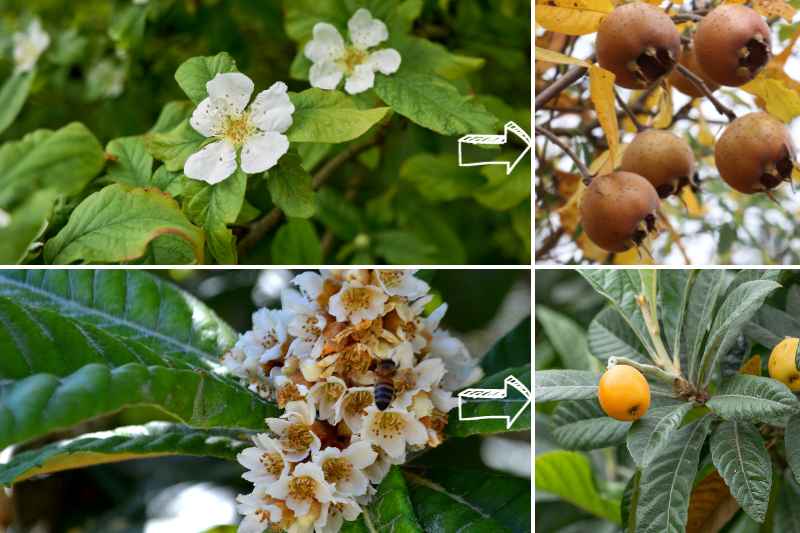
When to harvest medlars?
November is widely regarded as the month to harvest medlars across the territory. This is when the first frosts arrive, and the fruits benefit from them! From hard to very hard, they then become soft to the touch. If the frost stage is not respected, the fruits will not have become over-ripe; medlars will remain practically inedible in both texture and flavour (remaining acidic and astringent). Frost acts in a way like a natural fermentation, developing sugars in the fruits. So check the ripening state of medlars quite frequently. Colour is, as often, a good indicator of the right harvest moment: unripe fruits are brownish-green, ripe fruits become brownish-red.
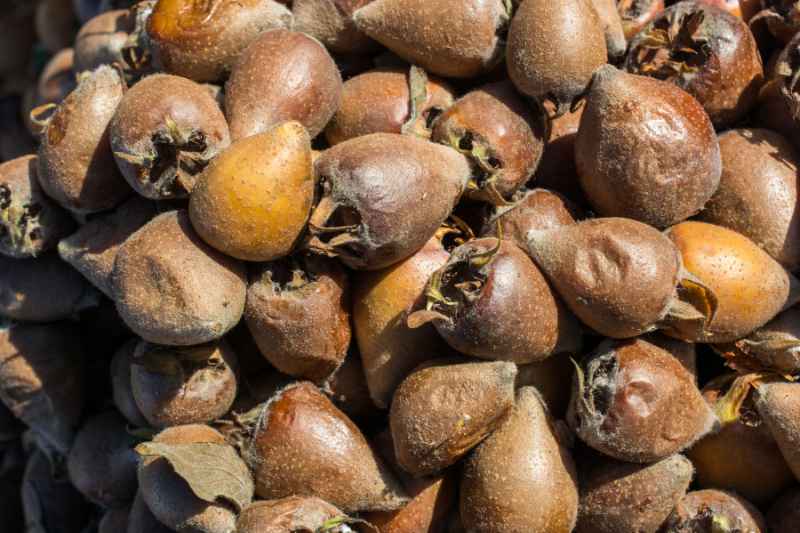
But be careful: leave them too long and you risk having fewer fruits on the bush! I learned this year when I waited until early December to harvest: there were far fewer on the bush, probably because many had been eaten by birds or had fallen to the ground.
I would therefore recommend harvesting them in mid to late October, and storing your medlars in a cellar or larder (in any case a dark, cool, dry place, or slightly humid, otherwise they will dry out) to allow over-ripening and obtain a good quantity of fruits to cook. Lay them out on a rack to let air circulate, for about four weeks, checking their degree of ripeness regularly.

How to harvest them?
Harvesting medlars is quite simple: just twist the peduncle that attaches the fruit to the branch, so it falls by itself. Depending on the age and therefore the height of your bush, you may need a step-ladder or ladder to reach the highest fruits.
How to store and eat medlars?
If harvest takes place before the frosts, you can put the medlars through the freezer: this will speed up the ripening process and soften them. But if you have a fruit room, place them there to continue ripening. If you harvest fruits already over-ripe after a frost, keep them for one or two days only before cooking them.
Medlars should be freed from their stones before any use, as they contain hydrocyanic acid, which is highly toxic. So recover the pulp, but this is not always convenient and takes time. Many prefer to cook the fruit whole, then pass it through a food mill or a chinois, for example, to extract the pulp more easily.
For this reason medlars are most often used cooked, in compote, jellies or jams. But you can also roast them as you would chestnuts. Some prefer their flesh raw, added to a fruit salad, much like passion fruit. I personally tried making a marmalade with my meagre harvest, cooking the pulp passed through a chinois with sugar and adding a little lemon: the result is a sort of cream resembling chestnut cream in colour and texture, with a very specific, slightly acidic, vinous taste that I cannot compare to any other fruit, but not at all bad, I must say!
You can also ferment the fruits, which will then serve to make liqueurs such as ratafia, or wine. Finally, you can use the juice extracted from medlars to make a syrup (useful for regulating intestinal transit).
Note that medlars are fruits rich in sugars, in vitamins B and C, in antioxidants and in trace elements. Worth trying to harvest if you have a pretty medlar in your garden!
For more on growing medlar, explore our range of medlar trees.
Also discover our autumn jam recipes: chestnut jam, rose-hip jam and homemade aronia jam!































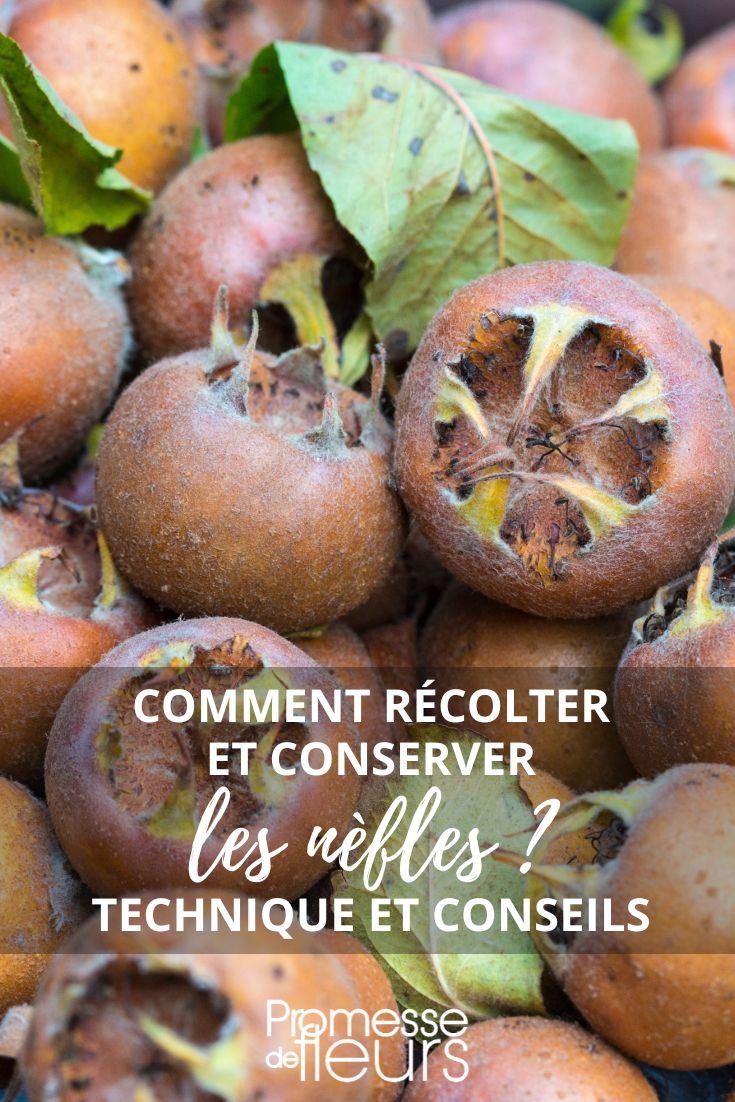
Feedbacks